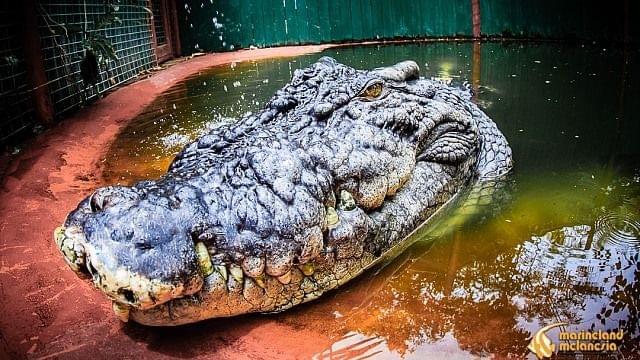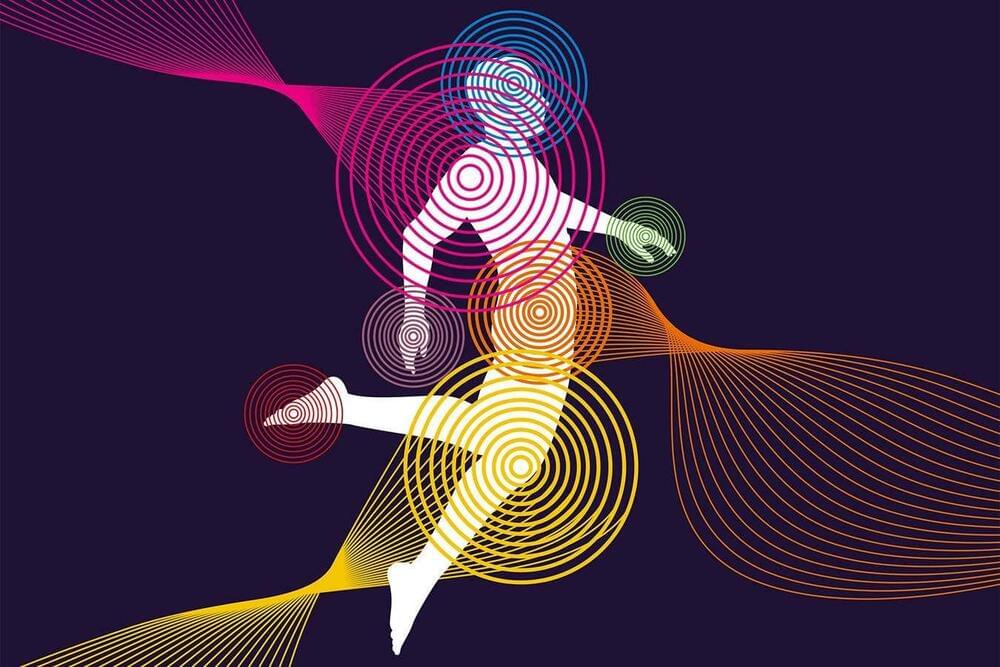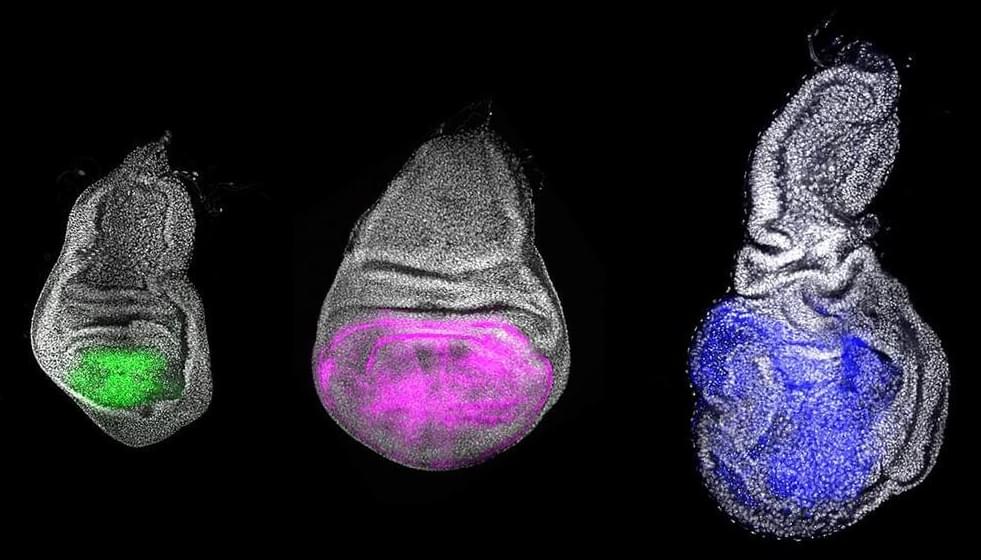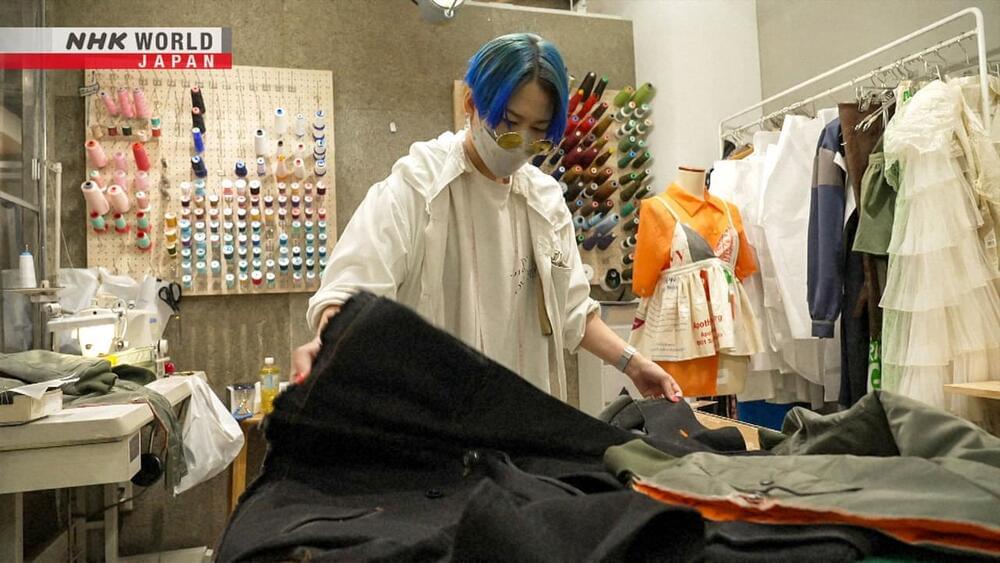“There is no way of knowing Cassius’ actual age as he was born in the wild and the age is just an estimate,” Toody Scott, a crocodile keeper who looks after Cassius at Marineland Crocodile Park on Green Island, told Live Science in an email. The nearly 18-foot-long (5.5 meters) saltwater giant’s birthday “was essentially made up a few years ago” and this time of year is actually “the wrong time of year for a crocodile to be born in northern Australia,” Scott added.
In 1984, researchers captured the crocodile on a cattle ranch southwest of Darwin, Australia, after the ranch owners complained they were losing livestock. Even then, when Cassius was estimated to be between 30 and 80 years old, he was the biggest crocodile ever caught alive in Australia.
“He was 16 feet, 10 inches [5.13 m] with at least another 6 inches [15 centimeters] of tail missing and a bit of a snout missing,” Grahame Webb, a crocodile researcher who participated in the capture, told ABC News. “He was a big old gnarly crocodile then. Crocs of that size are not normal.”








